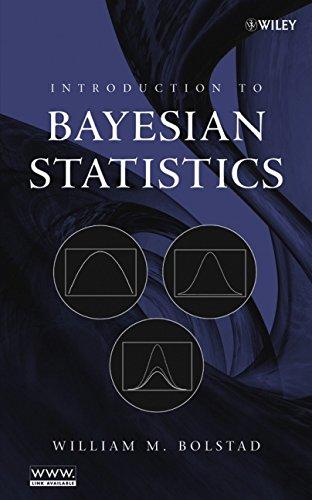The Human Resources Department of a large company wishes to compare two methods of training industrial workers
Question:
The Human Resources Department of a large company wishes to compare two methods of training industrial workers to perform a skilled task. Twenty workers are selected, and 10 of them are randomly assigned to be trained using method A, and the other 10 are assigned to be trained using method B. After the training is complete, all the workers are tested on the speed of performance at the task. The times taken to complete the task are:
(a) We will assume that the observations come from normal(µA, σ2) and normal(µB, σ2), where σ2 = 62. Use independent normal (m, s2) prior distributions for µA and µB, respectively, where m = 100 and s2 = 202.
Find the posterior distributions of µA and µB, respectively.
(b) Find the posterior distribution of µA − µB.
(c) Find a 95% Bayesian credible interval for µA − µB.
(d) Perform a Bayesian test of the hypothesis H0 : µA − µB = 0 versus H1 : µA − µB = 0 at the 5% level of significance. What conclusion can we draw?
Step by Step Answer:







